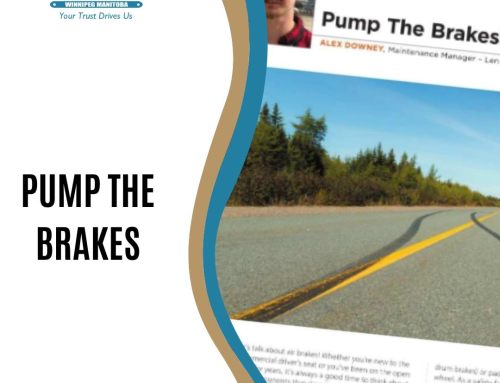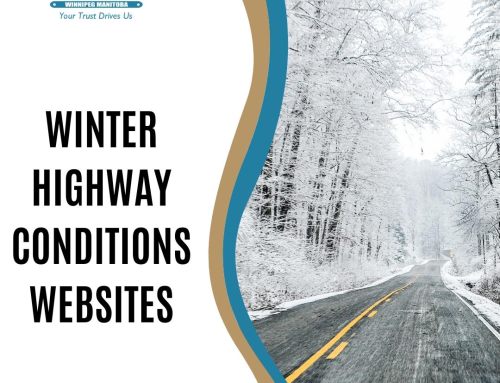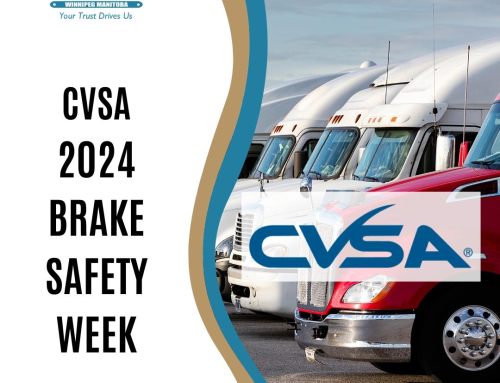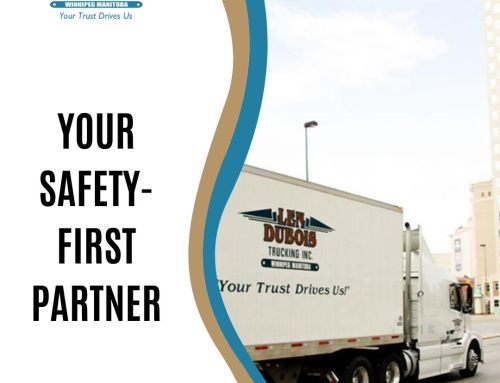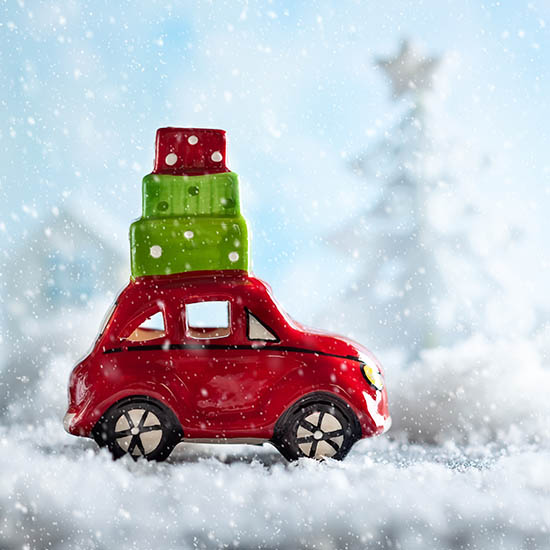 Over the next couple of weeks, many of us will be venturing out for family gatherings and vacations, often in less than favourable conditions. Len Dubois Trucking and its team of professional truck drivers place top priority on the safety of our drivers, and the motorists who share the roadways with them.
Over the next couple of weeks, many of us will be venturing out for family gatherings and vacations, often in less than favourable conditions. Len Dubois Trucking and its team of professional truck drivers place top priority on the safety of our drivers, and the motorists who share the roadways with them.
Our team has driven millions of accident-free miles, in all types of weather and road conditions, so we’ve asked our drivers for some tips to help motorists stay safe on the roads this holiday season.
1. Prepare Your Vehicle for Travel
Before you hit the road, especially if you are making a long drive, you should consider taking your vehicle in for some winter maintenance. This includes having your radiator and cooling system checked, a tire check or having winter tires installed on your vehicle, checking your belts and hoses, having an oil change, top up your fluids and check your wiper blades. Many of the problems that strand motorists on the side of the road can be prevented by simple maintenance before leaving.
Besides having your car serviced, motorists should be sure to clean all the snow from their vehicles. Leaving snow on your roof or windows reduces your visibility and create hazards for other motorists on the roadways.
2. Plan Ahead
Before you head out, plan your trip. It seems simple enough, but many of us leave without planning the route we are taking. You’ll want to try to stay in populated areas; winter is not the time of year to take the scenic route. If you run into severe weather you’ll want to be able to stop driving as soon as possible.
Another important part of planning is to check the weather systems along the route you will be taking. Weather can change dramatically from state to state, province to province and even city to city. Also, make sure you know your exits and prepare for the exit well in advance by being in the proper lane. Many accidents are caused by unexpected lane changes.
Stay in touch with those who are expecting you. Let them know of delays in your travels, or that you’ve made it through a winter storm unharmed. There is no need to have your loved ones worrying about you.
3. Pack an Emergency Kit
Be prepared for emergencies by packing an emergency kit. You should include a battery-powered radio, flashlight, blankets, jumper cables, first aid kit, bottled water, non-perishable foods, maps, spare tire, flares, candles and clean, empty tin cans (for the candles). Once you pack your emergency kit leave it in the car so you’ll be prepared any time of the year.
4. Fuel Often
You never know what may be on the road ahead of you. There is nothing worse than sucking fumes and being delayed due to bad weather, accidents on the road, or other blockages that prevent you from getting to your next fuel stop. When you reach the half tank mark you should be looking for your next fuel stop.
5. Do Not Cut in Front of Other Vehicles and Increase Your Traveling Distance
Our drivers couldn’t stress this enough. Too often they have seen horrible accidents caused by one vehicle cutting off another. Keep an appropriate distance between your vehicle and those around you. This is just as important for lane changes as it is for pulling onto highways or merging into traffic. Don’t put yourself or others at risk. Be patient when merging and be prepared for exits. Leave extra room between you and the vehicle in front of you so that you can be prepared for sudden changes in traffic and road conditions.
6. Leave Early and Do Most of Your Driving in the Daylight
Road conditions, increased traffic and weather can create delays in your travel time. If you leave early you’ll give yourself enough time to arrive at your destination on time and avoid feeling anxious about being late. Driving in the day gives you increased visibility and, generally, better road conditions. There is one more important note that our drivers had about driving in the daylight. With the holiday season comes the holiday parties and unfortunately, the drunk drivers. Driving during the day reduces your chances of running into someone under the influence.
7. Drive for the Road Conditions
The most common reason for being the cause of, or involved in, an accident is that motorists are not driving for the road conditions. If it’s snowing and blowing, or if the roads are icy – you need to reduce your speed. Driving too fast in poor conditions puts yourself and others around you at risk. Reducing your speed when needed helps reduce your risk of being involved in an accident and ensures that you will arrive at your destination in one piece.
If you found this article informative please share it with your friends and family. From all of us at Len Dubois Trucking, Happy Holidays and please drive safely.

